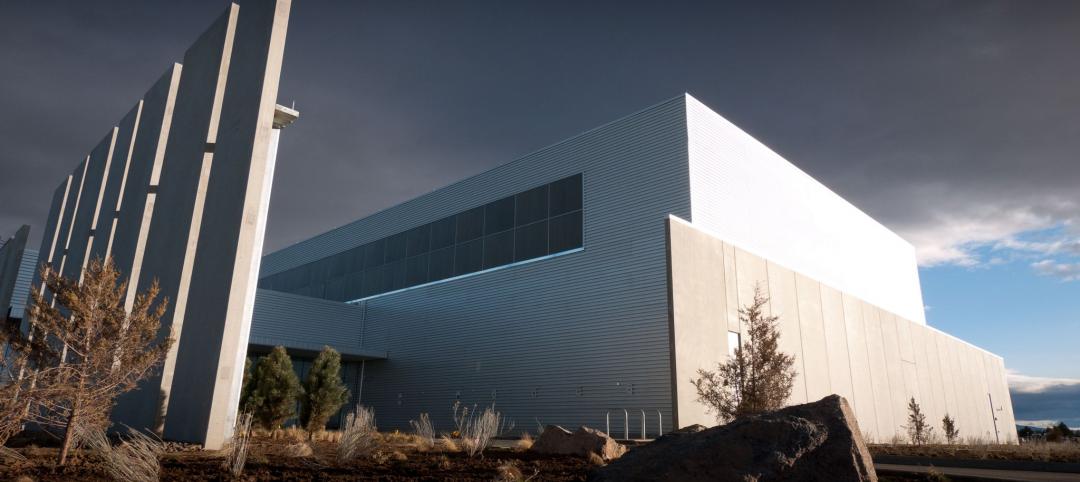More than two in three U.S. engineering firm leaders (68%) say the current business climate is better than last year at this time; and three in five (60.5%) say their backlogs are larger now compared to last year, according to results from the American Council of Engineering Companies’ new quarterly Engineering Business Index (EBI).
The EBI, representing responses of 340 engineering firm chairmen, CEOs and presidents had a composite score of 68.9 in the second quarter—a slight increase from 67.4 in the first quarter. The EBI is a diffusion index, consolidating answers to a series of questions about market and firm performance into a single number. Any number over 50 indicates expansion.
Results show that engineering firm leaders are more optimistic about prospects in private sector markets than those in the public sector. At least half believe that opportunities in buildings/commercial (53.3%), land development/surveying (54%), and industrial/manufacturing (50%) will improve over the next 12 months.
Expectations for major public sector markets were markedly lower. Only 41.5% of respondents anticipate improvement in the transportation sector, and only 40.9% believe opportunities in the water/wastewater sector will grow over the next 12 months.
“After years of a stagnant economy, engineers are beginning to see evidence of an improved business climate,” said ACEC President and CEO David A. Raymond. “Uncertainty regarding government funding is obviously dampening expectations for public sector markets.”
For a complete summary of the Summer 2014 EBI survey, go to: www.acec.org
Related Stories
| Aug 15, 2016
MILITARY GIANTS: Cross-laminated timber construction gets a salute from the Army
By privatizing the construction, renovation, operation, maintenance, and ownership of its hotels the Army expects to cut a 20-year timetable for repairs and replacement of its lodging down to eight years.
| Aug 12, 2016
SCIENCE + TECHNOLOGY GIANTS: Incubator model is reimagining research and lab design
Interdisciplinary interaction is a common theme among many new science and technology offices.
| Aug 12, 2016
Top 50 Science + Technology Engineering Firms
Jacobs, Affiliated Engineers, and Vanderweil Engineers top Building Design+Construction’s annual ranking of the nation’s largest science + technology sector engineering and EA firms, as reported in the 2016 Giants 300 Report.
| Aug 12, 2016
OFFICE GIANTS: Technology is giving office workers the chance to play musical chairs
Technology is redefining how offices function and is particularly salient in the growing trend of "hoteling" and "hot seating" or "free addressing."
| Aug 12, 2016
Top 70 Office Engineering Firms
Jacobs, AECOM, and Thornton Tomasetti top Building Design+Construction’s annual ranking of the nation’s largest office sector engineering and E/A firms, as reported in the 2016 Giants 300 Report.
| Aug 11, 2016
RETAIL GIANTS: Retailers and developers mix it up to stay relevant with shoppers
Retail is becoming closely aligned with entertainment, and malls that can be repositioned as lifestyle centers will have enhanced value.
| Aug 10, 2016
Top 50 Retail Engineering Firms
Jacobs, Henderson Engineers, and WSP | Parsons Brinckerhoff top Building Design+Construction’s annual ranking of the nation’s largest retail sector engineering and E/A firms, as reported in the 2016 Giants 300 Report.
| Aug 10, 2016
DATA CENTER GIANTS: Information overload is pushing the limits of mission-critical facilities
Streamlined design and delivery approaches for individual business enterprises and co-location facilities are being born out of the necessity to bring new capacity online as quickly as possible.
| Aug 10, 2016
Top 50 Data Center Engineering Firms
Vanderweil Engineers, Jacobs, and Syska Hennessy Group top Building Design+Construction’s annual ranking of the nation’s largest data center sector engineering and E/A firms, as reported in the 2016 Giants 300 Report.
| Aug 10, 2016
UNIVERSITY GIANTS: Facing money woes, the nation's colleges double down on innovative ideas
Budget constraints are compelling some public institutions to pursue alternative methods of financing their major building projects.

















